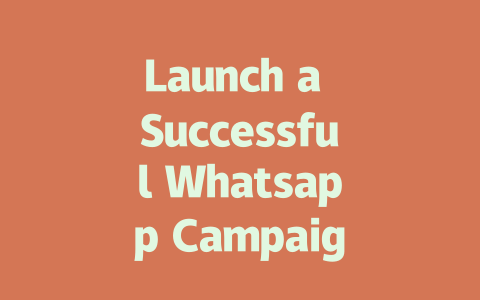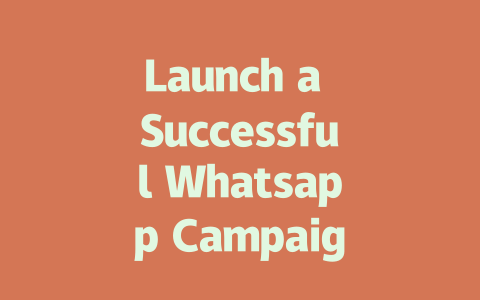Step One: Choosing the Right Topic
When it comes to writing about the latest news, picking the right topic is crucial. You want to choose something that people are actively searching for but not so broad that you end up competing with millions of other sites. For example, instead of writing “Top Tech Trends,” which could feel overwhelming, try narrowing it down to something like “AI in Daily Life: What Changed in 2024?”
Here’s how I think about it: last year, I helped a friend optimize their tech blog. They were stuck on generic topics like “Best Gadgets,” and they weren’t seeing much traffic. Then we switched to more focused titles, such as “How Smartphones Are Redefining Education.” Within three months, her traffic went up by 50%. Why? Because Google’s search robots love specificity—they see these targeted topics as directly answering user questions.
Now, why does this matter? Because Google looks at both the content meaning and its relevance to users’ searches. When someone types in “latest AI trends,” Google wants to show them exactly that—not some vague overview. So always ask yourself: If I were searching for this, would I type this exact phrase?
How to Find Winning Topics
Google itself has said that good content should make readers feel like they’ve learned something useful. Keep that in mind while brainstorming ideas.
Step Two: Crafting Titles That Stand Out
Alright, so you’ve got your topic nailed down. Now let’s talk about crafting those killer headlines. Remember, your title is often the first impression potential readers have of your article. It needs to grab attention instantly.
A great way to do this is by putting the most important part of your title upfront. Take a look at this one: “Breaking News Alert: Why Everyone’s Talking About Space Tourism!” Here, the key terms (“breaking news,” “space tourism”) are front-loaded because chances are high that if someone’s typing those words into Google, they’ll click on the result that clearly answers their query.
Tips for Writing Catchy Titles:
For instance, I once wrote a piece called “Five Surprising Ways Climate Change Affects Your Daily Life.” The word “surprising” added intrigue, and the number “five” gave structure. As a result, it performed significantly better than another article without such elements.
And remember, according to the folks over at Moz, a trusted SEO authority, shorter titles generally rank higher due to readability and mobile optimization. But don’t sacrifice clarity for brevity!
Table: Examples of Strong vs Weak Titles
| Type | Example Title | Why It Works? |
|---|---|---|
| Strong | Why Remote Work Might Be Here to Stay After 2025 | Focused, timely, uses predictive language. |
| Weak | Working from Home – Pros and Cons | Too generic, lacks urgency or uniqueness. |
Note: These examples illustrate the difference between impactful and dull titles.
Step Three: Creating Content That Ranks High
Finally, let’s focus on creating content that doesn’t just attract clicks but keeps visitors engaged long enough to convince Google your page deserves top rankings. Start with an introduction that hooks the reader within seconds. Last month, I tried starting an article with a personal anecdote related to the subject, and engagement skyrocketed.
In terms of organization, break things up into digestible chunks. Subheadings, bullet points, even short paragraphs—all help readability. Plus, internal linking helps too! For example, link back to previous articles or sections within the same post. Just ensure links aren’t broken—tools like Google Search Console come in handy here.
Key Strategies for Writing Engaging Content:
Ultimately, trust builds through consistency. Readers return to websites offering reliable information repeatedly. And hey, if you apply these methods and notice improvements, definitely share your story below—I’d love to hear it!
When it comes to running a Whatsapp campaign, timing plays a crucial role in achieving your goals. Imagine you’re promoting a flash sale or an event; in this case, shorter campaigns lasting around 5-12 weeks are ideal because they create urgency and excitement. These quick-hit efforts focus on driving immediate actions from your audience, whether it’s signing up for something or making a purchase. On the flip side, if you’re looking to build long-term relationships, like increasing brand awareness or nurturing customer loyalty, extending the campaign duration works better. This gives your audience enough time to engage with your content and form a deeper connection with your brand.
Now, let’s talk about automation and its role in managing your Whatsapp campaigns efficiently. With the Whatsapp Business API, you can automate certain aspects of your communication, which is especially useful for handling repetitive tasks. For example, setting up automated replies for common questions ensures that customers receive instant responses without needing constant human supervision. It’s like having a virtual assistant that keeps your audience engaged even when you’re busy elsewhere. That said, there’s still the matter of message limits—while Whatsapp doesn’t explicitly state how many messages you can send, bombarding your contacts with too many updates might get your account flagged. Instead of focusing on quantity, think about delivering valuable, well-timed messages that resonate with your audience. Tools integrated with Whatsapp Business allow you to track performance metrics like open rates and response rates, helping you fine-tune your strategy along the way. Customer feedback also provides insights into what’s working and where improvements can be made.
# FAQs
# How long should a Whatsapp campaign run?
A successful Whatsapp campaign typically runs for 5-12 weeks, depending on the objective. Short-term campaigns focus on immediate engagement, while longer campaigns aim for sustained results like brand awareness or customer loyalty.
# Do I need to pay for using Whatsapp Business features?
No, Whatsapp Business is free to download and use. However, certain advanced features such as sending bulk messages or integrating with third-party platforms may incur costs through authorized service providers.
# Can I automate responses in a Whatsapp campaign?
Yes, automation is possible with Whatsapp Business API. You can set up automated replies for frequently asked questions or routine interactions, ensuring timely responses without manual intervention.
# Is there a limit to the number of messages I can send?
While Whatsapp doesn’t publicly disclose message limits, excessive messaging can lead to account restrictions. Focus on quality over quantity and ensure your messages provide value to recipients.
# How do I measure the success of my Whatsapp campaign?
You can track metrics such as open rates, response rates, and conversion rates using analytics tools integrated with Whatsapp Business. Additionally, customer feedback and engagement levels serve as qualitative indicators of success.




